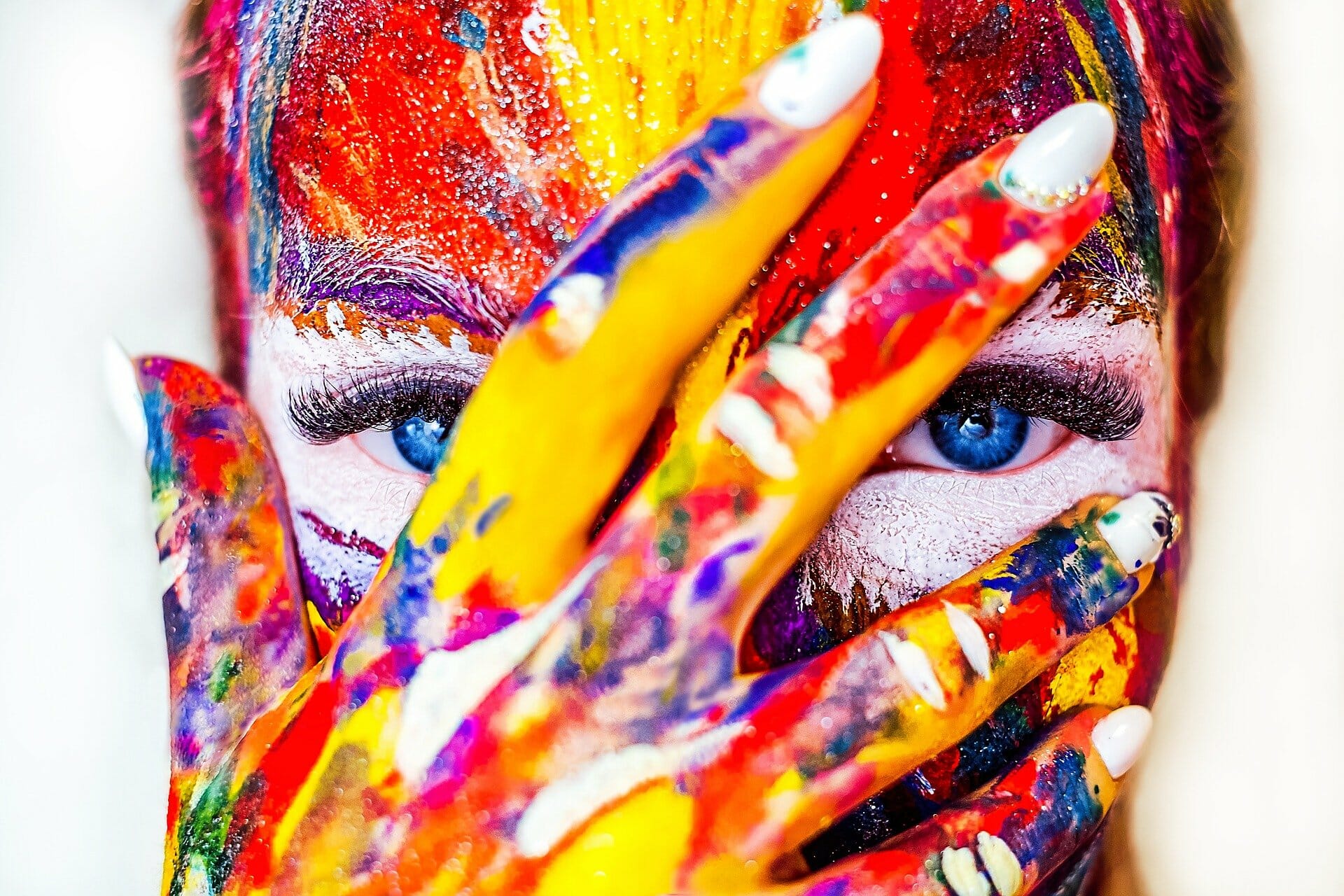
In most cases, painting a wall is a simple process that doesn’t require too much in the way of preparation. However, there are some instances where you’ll need to do a bit more work to get the best results. Here are a few tips on preparing walls for painting:
- If you’re painting over old paint, make sure to sand down the surface first. This will help the new paint adhere better and also create a smooth finish.
- If there are any cracks or holes in the wall, fill them in with spackle or joint compound before painting.
- If you’re painting a textured wall, you may want to use a primer specifically designed for that type of surface. This will help the paint go on more evenly.
- Always wipe down the walls before painting to remove any dust or dirt.
How to clean walls before painting
Whether you’re painting new walls or repainting old ones, it’s important to clean them before you start. This will help the paint adhere better and give you a more professional looking finish. Here’s how to clean walls before painting:
Start by dusting the walls with a soft cloth or feather duster
If there are any stains, use a mild soap and water solution to spot clean them. For tough stains or areas with heavy dirt buildup, you may need to use a degreaser or all-purpose cleaner. Once the walls are clean, rinse them with fresh water and allow them to dry completely before painting.
Painting over wallpaper
If you’re painting over wallpaper, the first step is to remove it. This can be a time-consuming and tedious process, so make sure you allow yourself enough time to do it right. Once the wallpaper is gone, you’ll need to repair any damaged drywall and sand down the surface before painting. To avoid the hassle of removing old wallpaper and preparing the wall for paint, consider transforming your space with peel and stick cottagecore wallpaper for an easy and stylish update.
Types of paint for walls
There are a variety of different types of paint you can use on walls, depending on the look you’re going for and the type of surface you’re working with. Here are a few popular choices:
- Latex paint is a water-based paint that is versatile and easy to use. It’s ideal for most surfaces and gives off very little odor.
- Oil-based paint is a good choice for painting over existing paint or for high traffic areas. It’s durable and easy to clean, but it does have a strong odor.
- Chalkboard paint is a fun way to add a unique touch to a room. You can use it to write messages or draw pictures on the walls.
- Textured paint can be used to add interest to a room or to cover up imperfections in the surface of the wall.
Preparation is key when painting walls, so make sure you take the time to do it right. With these tips, you’ll be able to achieve a beautiful and professional looking finish.
Painting trim and baseboards
Trim and baseboards are often overlooked when painting, but they can make a big difference in the overall look of a room. When painting trim and baseboards, it’s important to use a paint that is specifically designed for those surfaces. This will help the paint adhere better and resist chips and scratches.
To get started, remove all hardware from the trim and baseboards. Next, fill in any holes or cracks with putty or wood filler. Once the filler is dry, sand down the surface to create a smooth finish. Now you’re ready to paint! Begin by painting the trim first, using a small brush to get into all the nooks and crannies. Once the trim is complete, move on to the baseboards. For a professional looking finish, make sure to paint in the same direction as the grain of the wood.



